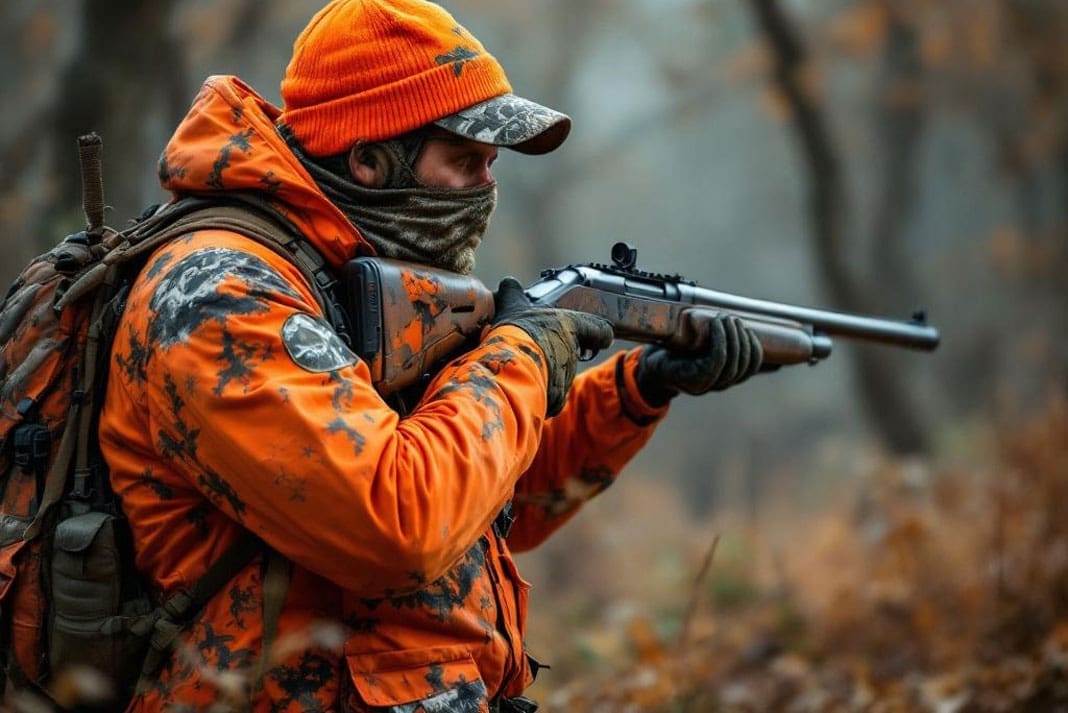Shotgun deer hunting is a popular and thrilling pursuit for many hunters, offering unique challenges and rewards. Whether you’re a seasoned hunter or a beginner, understanding the nuances of shotgun hunting for deer can significantly enhance your experience and success. In this comprehensive guide, we’ll explore everything you need to know about shotgun deer hunting, including strategies, equipment, and frequently asked questions. By the end of this blog, you’ll be equipped with valuable insights to make your next hunting adventure a success.
Understanding the Basics of Shotgun Deer Hunting
Why Choose a Shotgun for Deer Hunting?
Shotguns are a versatile tool for deer hunting, particularly in areas where rifle use is restricted or where terrain and vegetation lend themselves to the shorter effective range of a shotgun. Their ease of use, power, and adaptability make them a popular choice for hunters who prefer close-quarters engagements.
Legal Considerations
Before heading into the field, it’s essential to be familiar with local hunting laws and regulations. Many regions have specific rules governing the type of firearm, ammunition, and hunting season. To find accurate and up-to-date regulations, visit your local Department of Natural Resources website. For example, theU.S. Fish and Wildlife Serviceprovides general guidelines and links to state-specific hunting rules.
Choosing the Right Equipment
Shotgun Selection
The most common choices for deer hunting are 12-gauge and 20-gauge shotguns. The choice between them often comes down to personal preference and the specific hunting environment. Here’s a quick comparison:
- 12-Gauge Shotguns: Known for their potency, they are well-suited for larger game and longer ranges. They typically have more recoil.
- 20-Gauge Shotguns: Offer less recoil and can be easier to handle, making them suitable for younger or less experienced hunters.
Selecting Ammunition
For deer hunting, shotguns typically use slugs or buckshot. Each has its applications:
- Slugs: These are solid projectiles ideal for longer shots and increased stopping power. A rifled barrel or a shotgun that can accept a rifled choke is recommended for better accuracy.
- Buckshot: Useful in thick cover where short-range shots are common, but it loses effectiveness quickly at longer distances.
Optics and Accessories
Adding optics to your shotgun, such as a red dot sight or a low-magnification scope, can enhance accuracy, especially in slug hunting. Ensure the sight is securely mounted and zeroed in before the hunt.
Strategies for Effective Shotgun Deer Hunting
Scouting and Preparation
- Understanding Deer Behavior: Familiarize yourself with deer movement patterns, feeding habits, and preferred bedding areas. This knowledge helps you position yourself advantageously.
- Trail Cameras: Utilize trail cameras to monitor deer activity and confirm their presence in your chosen hunting area.
Setting Up for Success
- Choosing Your Stand Location: Select a spot that offers good visibility and cover. Ground blinds and tree stands are popular choices depending on terrain.
- Wind and Scent Management: Always position yourself downwind of expected deer travel routes and use scent-reducing products to minimize human odor.
Shot Placement
With a shotgun, precise shot placement is crucial due to the limited effective range. Target vital organs for a humane and ethically quick harvest. Understanding deer anatomy is essential; aim for the heart/lung area located just behind the shoulder.
FAQs
Is shotgun hunting more challenging than rifle hunting?
Shotgun hunting can be more challenging due to the reduced effective range and the need for precise shot placement. However, it can be advantageous in dense environments where close-range shots are prevalent.
What is the ideal range for using a slug?
The ideal range for using a slug is typically 50-100 yards, depending on the firearm, ammunition, and hunter proficiency. Regular practice and pattern testing help determine your effective range.
Can I hunt deer with buckshot?
Yes, you can hunt deer with buckshot, especially in thick cover where shots are likely to be under 40 yards. However, it’s essential to ensure the pellets can consistently hit a vital area at that distance.
What should I do if I miss or wound a deer?
If you miss, remain still and quiet, as the deer may not immediately recognize the threat. If you wound a deer, make every effort to track and recover it, respecting ethical hunting practices.
Key Takeaways
- Shotguns are an effective and versatile tool for deer hunting, especially in regions where rifles are prohibited or in areas with dense cover.
- Choosing the right shotgun and ammunition is crucial; consider the gauge, slug, or buckshot based on your hunting scenario.
- Scouting and preparation, including understanding deer behavior and patterning your shotgun, are critical for success.
- Ethical hunting requires proper shot placement and a commitment to recovering any wounded game.
Additional Resources
- National Shooting Sports Foundation: Slug Gun Deer Hunting
- Outdoor Life: Best Shotguns for Deer Hunting
- Field & Stream: How to Hunt Whitetails with a Shotgun
Shotgun deer hunting offers a unique and rewarding challenge, allowing hunters to develop skills and strategies tailored to their environment. With the right preparation and equipment, you’ll be well on your way to a successful hunt. Happy hunting and stay safe in the field!
